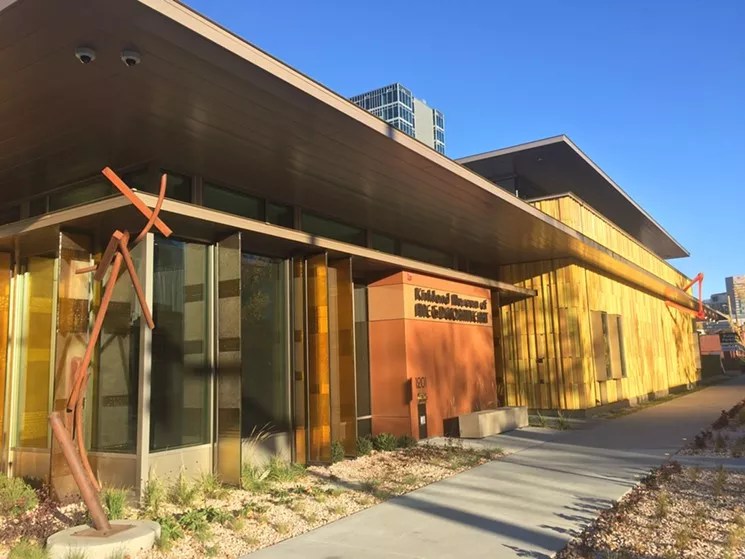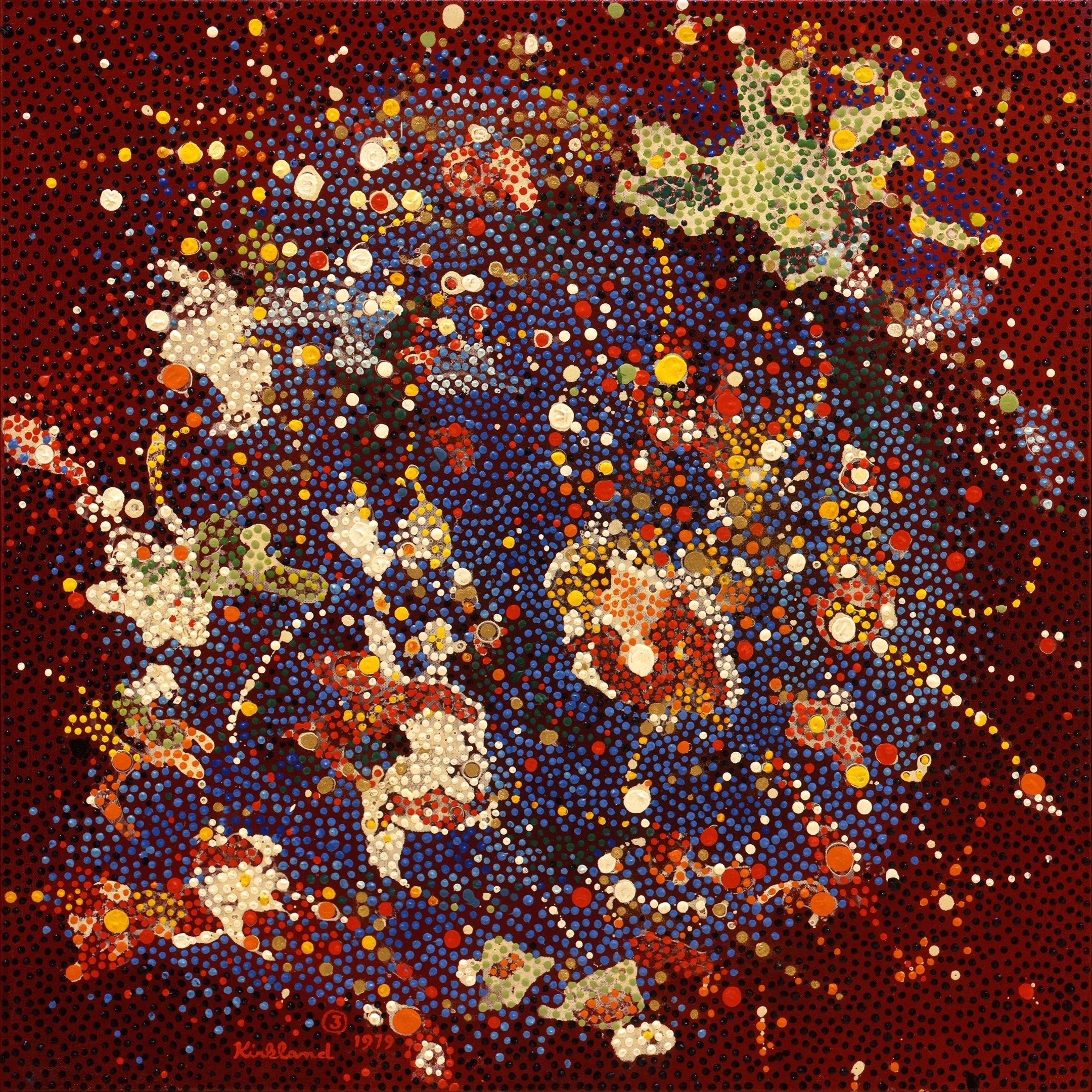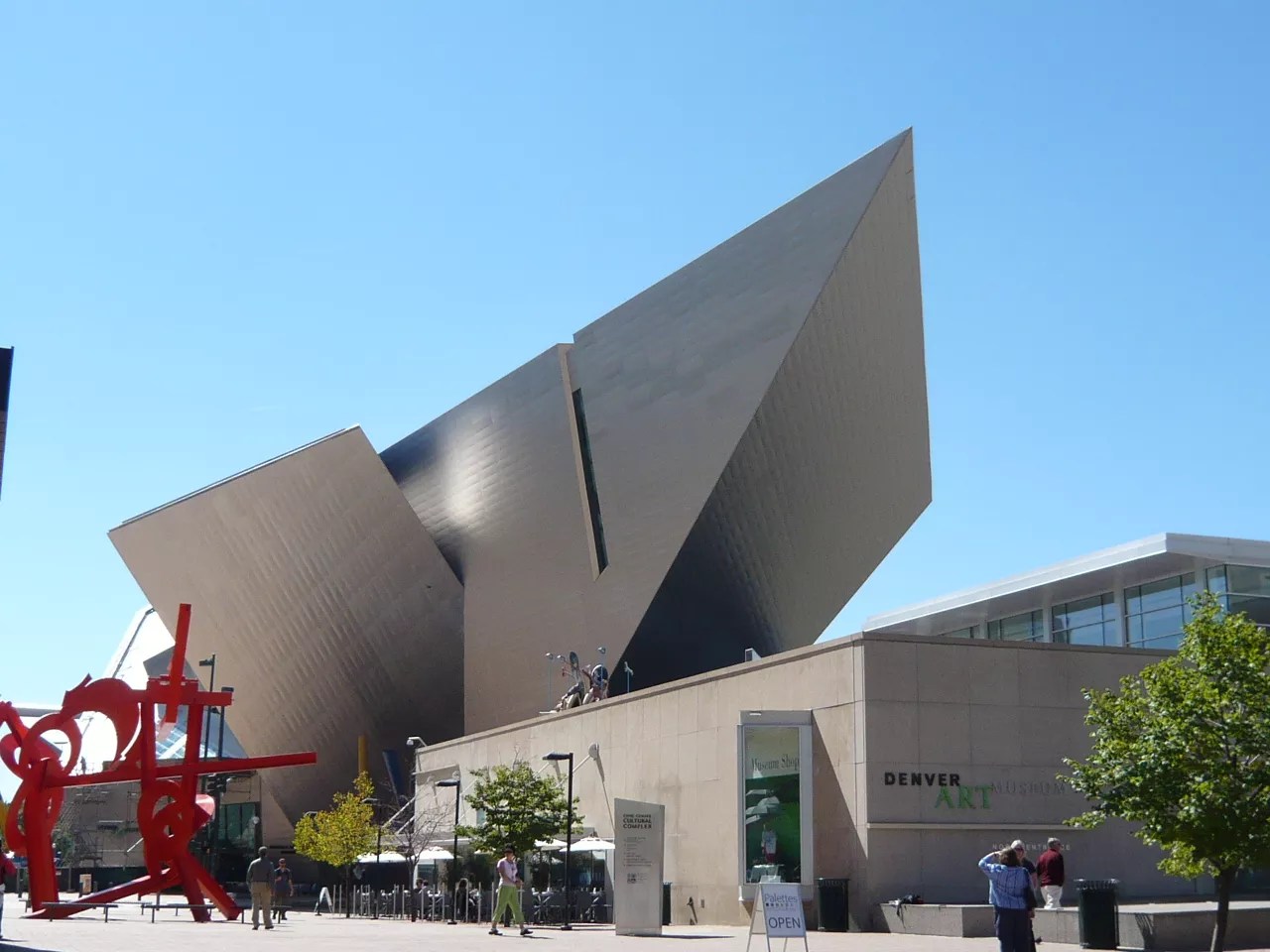
Wes Magyar

Audio By Carbonatix
The Denver Art Museum is merging with the Kirkland Museum of Fine & Decorative Arts, the institutions announced on May 9.
While the deal is happening in phases, the approximately 800 members of the Kirkland will have access to the Denver Art Museum by June. Meanwhile, the 30,000 or so members of the DAM will be able to enter the Kirkland for free by fall. The Kirkland will be named the Kirkland Institute of Fine & Decorative Arts as the DAM brings it into the fold, making for a unique off-campus gallery just a block from the Hamilton Building.
“The Kirkland will become a curatorial department to the Denver Art Museum, following the model of the Petrie Institute of Western American Art, the Mayer Center of Latin American Art, the new Avenir Institute of Textile Arts and Fashion,” explains Christoph Heinrich, the Frederick and Jan Mayer director of the DAM. “The unique situation is, of course, that this is a curatorial department that comes with its own building, and with a brand-new collection of more than 30,000 objects.”

A painting by Vance Kirkland.
Kirkland Museum of Fine & Decorative Art, Denver
The museums had been discussing merging for about nine months, according to Heinrich, particularly after Hugh Grant, the Kirkland’s founder and curator, announced his retirement. Grant was the executor of the estate of Vance Kirkland, the artist for whom the institute is named, and created the museum in the artist’s old studio in 1996, opening to the public in 2003. The museum moved in 2016 to its current home at 1201 Bannock Street, incorporating the old studio in its unique, salon-style setting, in which decorative arts, furniture and paintings are displayed as they would be in a home.
For Kirkland boardmember Sally Leibbrandt, the merger will provide more of an opportunity for people to be exposed to the Kirkland’s three collections by bringing in DAM members. “We feel our responsibility is always to continually explore ways to stand the visibility of the collection and exposure. The goal is really to ensure the collection is available for generations to come,” she says. “And, you know, the Denver Art Museum is a very good neighbor and good friend, and we have a lot in common; we approach them feeling like they would be a really good steward for the future.
“Let me be very clear: The Kirkland Museum has been in a great place,” she adds. “We just see this as a real opportunity to bring together our commitment to bringing wonderful art to the community. We have a thriving member database, we have wonderful donors. We know there’s some overlap, but [this will] continue to foster creativity and really cultivate a deeper appreciation for the art.”
The Kirkland “has a very unique position in the museum world for three reasons,” says Heinrich. “One of them, of course, is that it is dedicated to the legacy of Vance Kirkland, who was one of the most influential artists of the first half of the twentieth century and founded the art school here. The second reason is this Colorado layer – that the Kirkland started really early to collect other artists from Colorado and now has more than 800 works of artists from the region and bordering states, from the late 1800s to today. The third layer is that it has an enormous international power and relevance because it is one of the finest collections of decorative arts and designs from the late 1800s to today.
“The merger of these two collections,” he continues, “just makes the Denver Art Museum one of the finest decorative art and design collections in the country. That’s very attractive for us. We have a very active design program, and to add this component of decorative arts to that program makes a lot of sense.”

The Hamilton Building of the Denver Art Museum.
Denver Art Museum
Some logistics will need to be addressed, such as the fact that the Kirkland currently does not allow visitors under the age of thirteen, while the DAM is all-ages. The goal for both institutions, however, is to maintain the Kirkland’s unique salon setting. “We’re very committed to the presentation in the Kirkland Museum, which is very much like a house museum,” Heinrich says.
Because of the breadth and density of the Kirkland’s collection, “there will be some overlap,” he acknowledges. “There are several departments that will have some interaction, and we want to address it really as part of the Denver Art Museum, not a separate entity.”
Overall, the merger presents an advantage for both entities, with the DAM expanding its collection of Colorado artists and the Kirkland ensuring that its legacy is maintained. “There’s a big benefit for the Kirkland Museum, and that is the legacy in perpetuity,” Heinrich notes. “When you are part of such a citizen-supported museum like the Denver Art Museum, it is very clear that your future is secure.”